| Arrays & Hashing | Contains Duplicate | Use a set to track seen numbers | Iterate through the array, adding each element to the set; return true if an element is already in the set. | 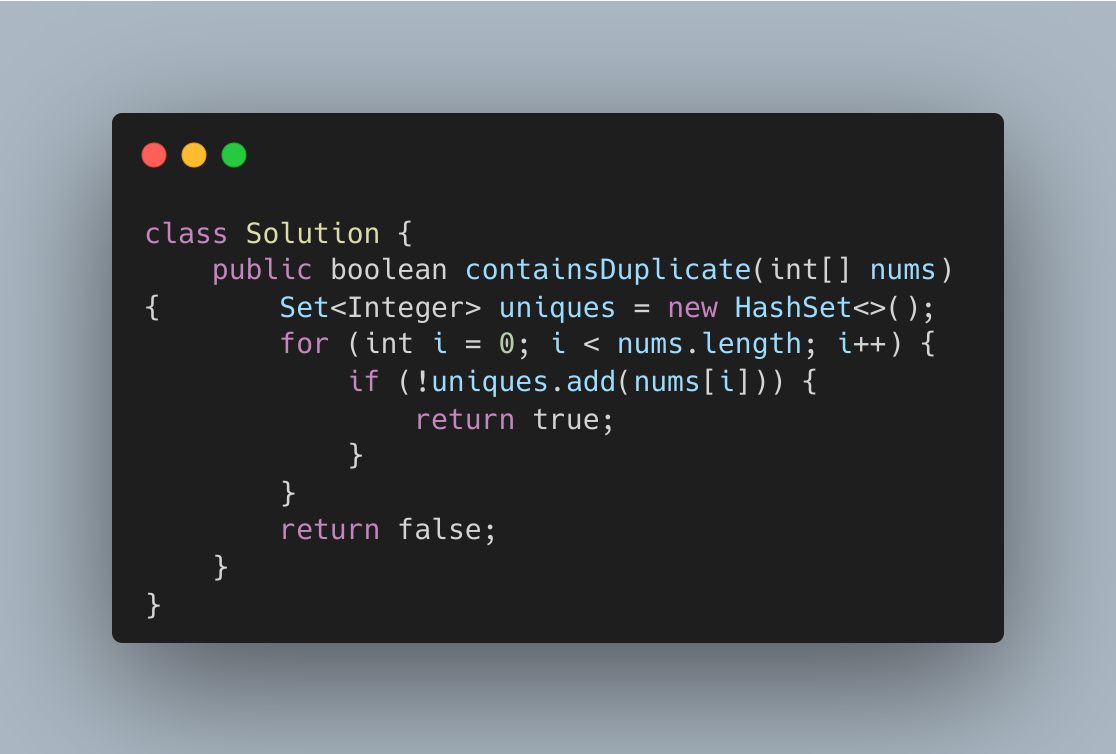 |
| Valid Anagram | Use a hashmap to count character frequencies | Count characters in both strings using hashmaps and compare the counts. | 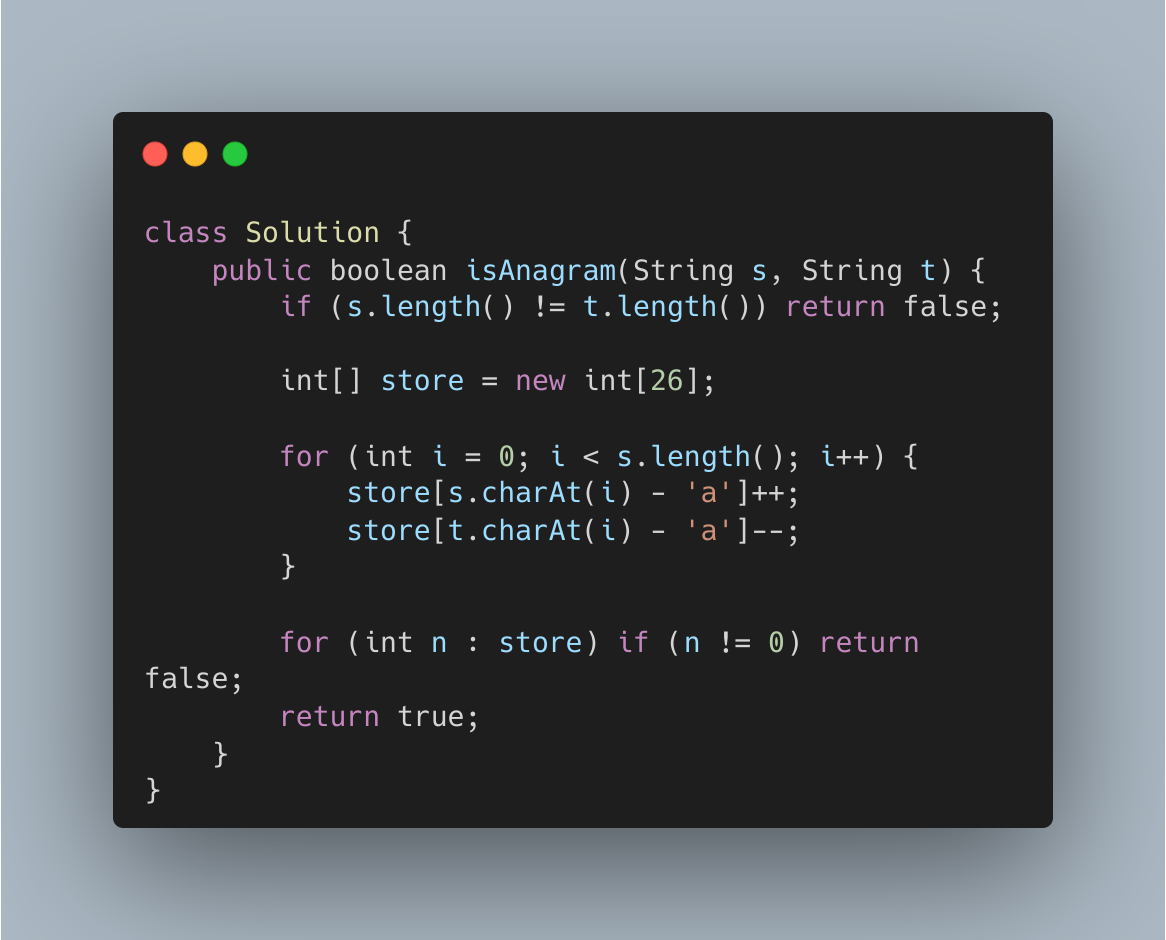 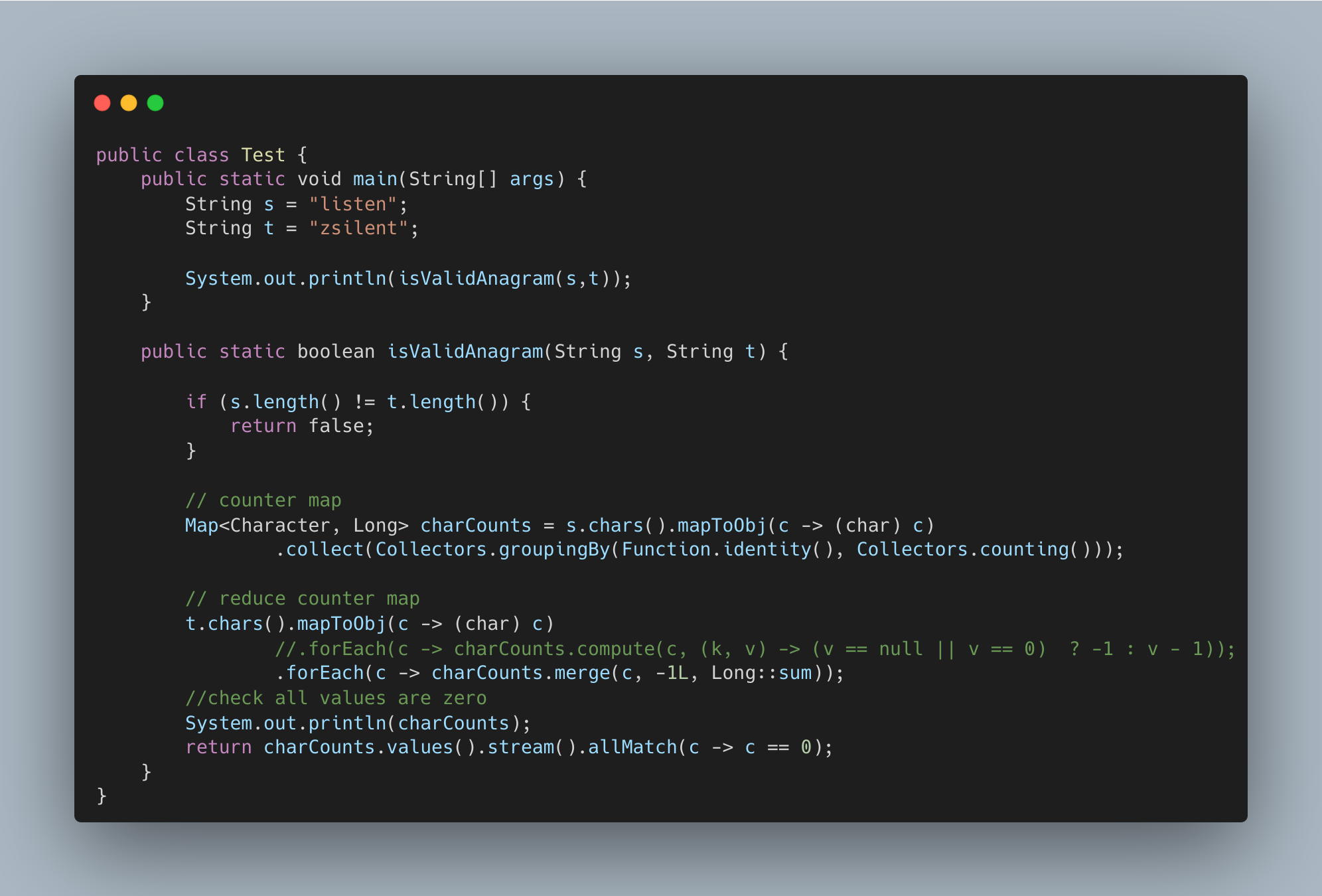 |
| Two Sum | Use a hashmap to store indices of elements | Iterate through the array, for each element, check if the complement (target - element) exists in the hashmap. | 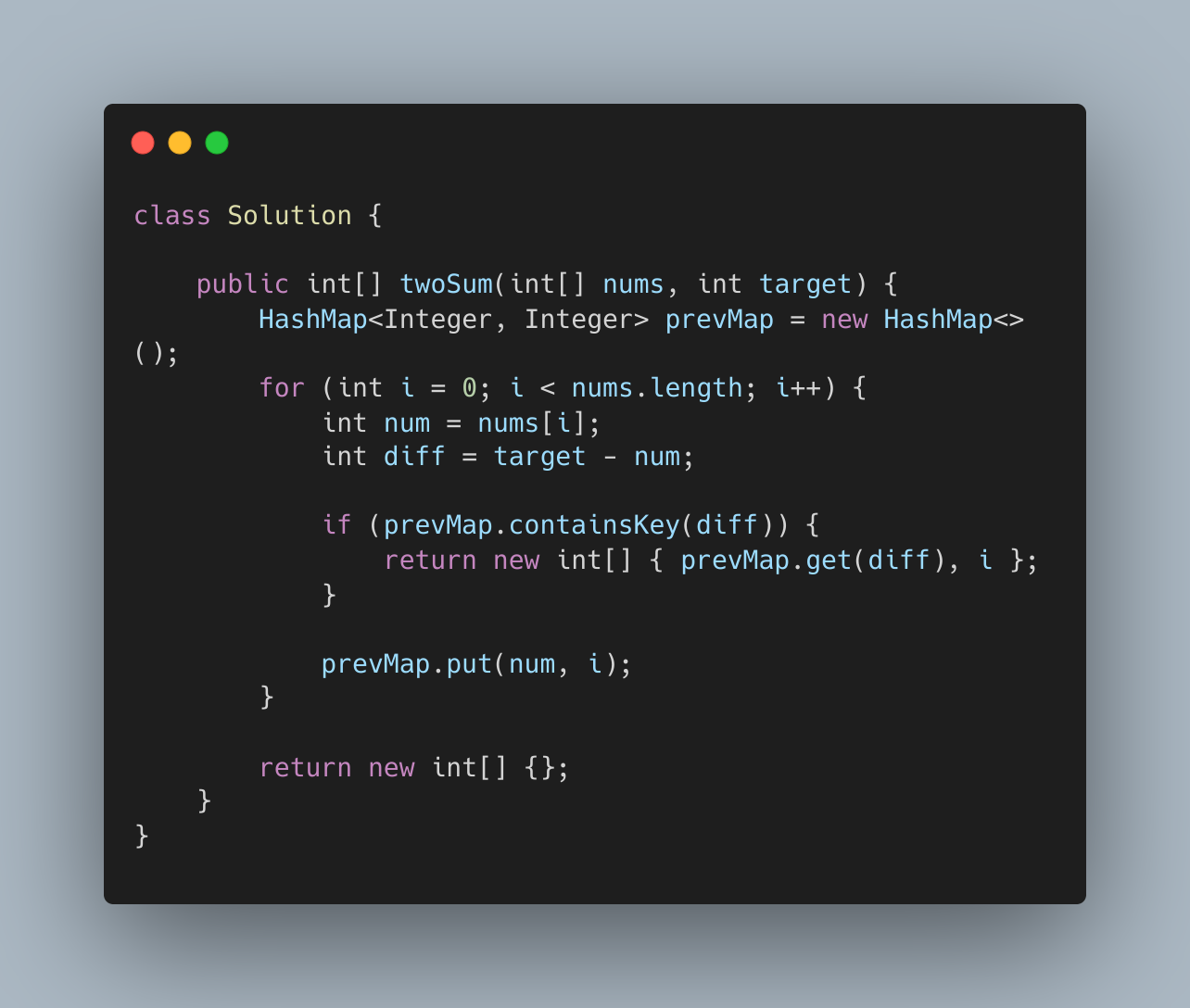 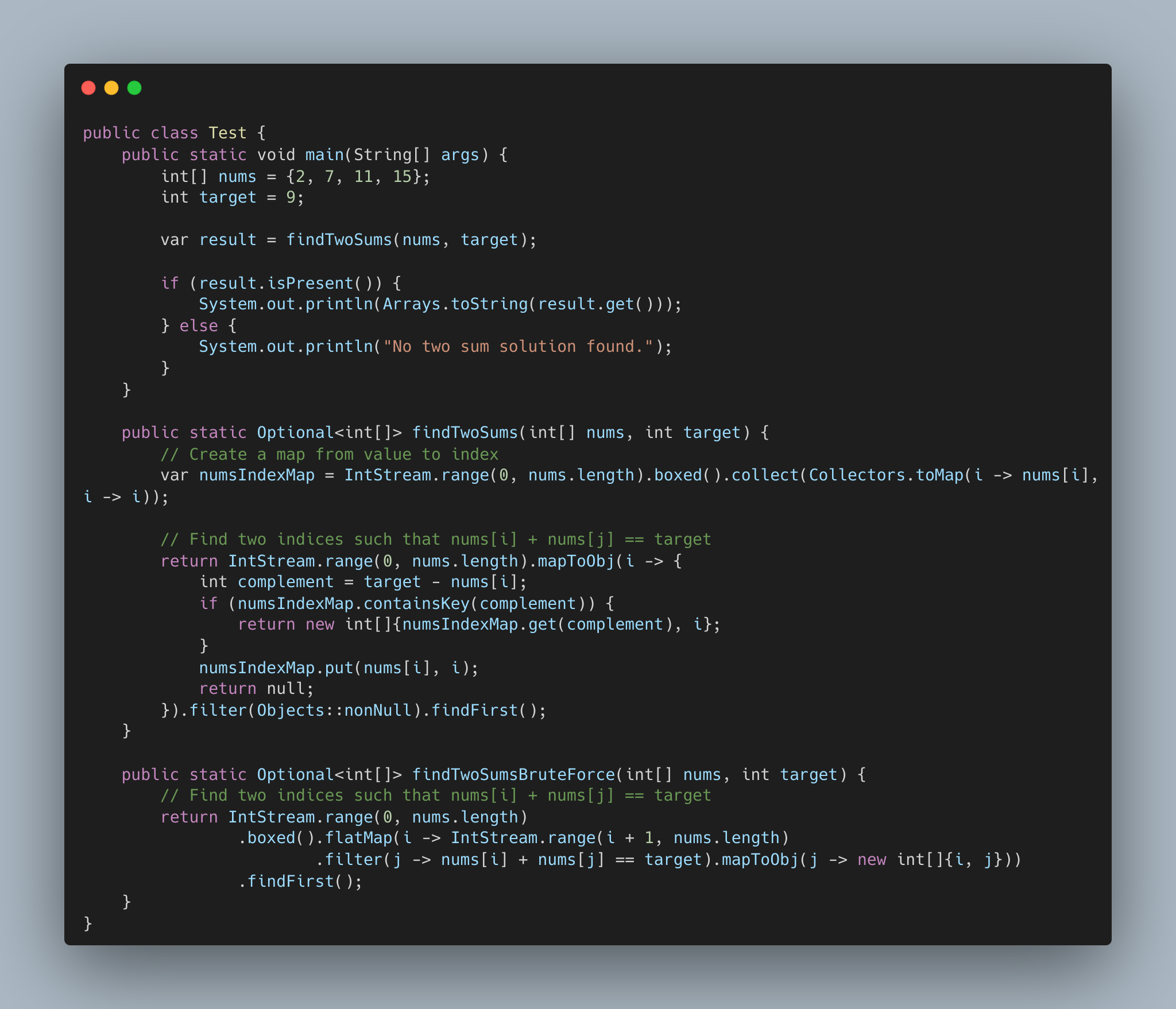 |
| Two Pointers | Valid Palindrome | Use two pointers to compare characters from both ends | Initialize two pointers at the beginning and end of the string, move towards the center, and compare characters. | 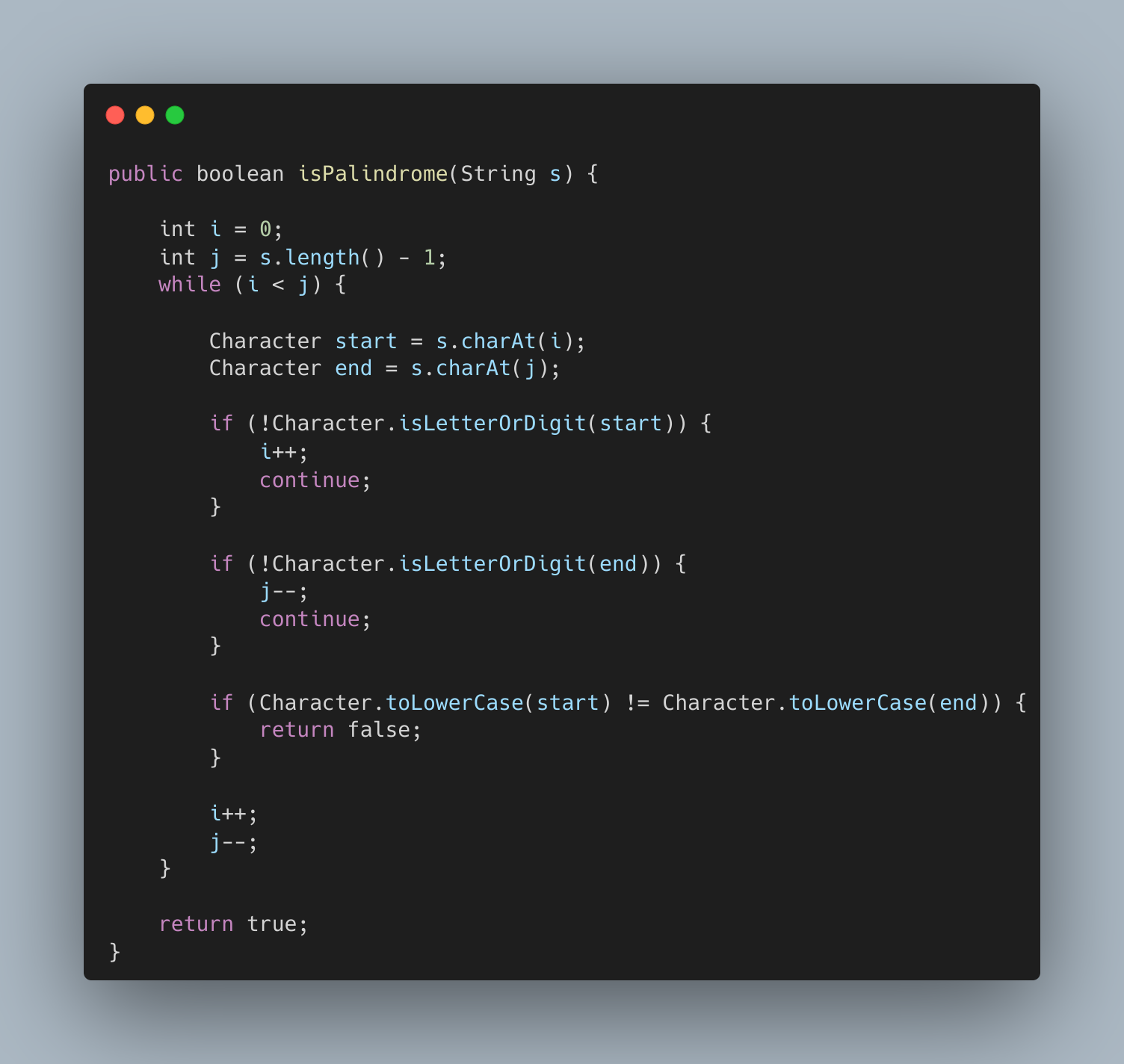 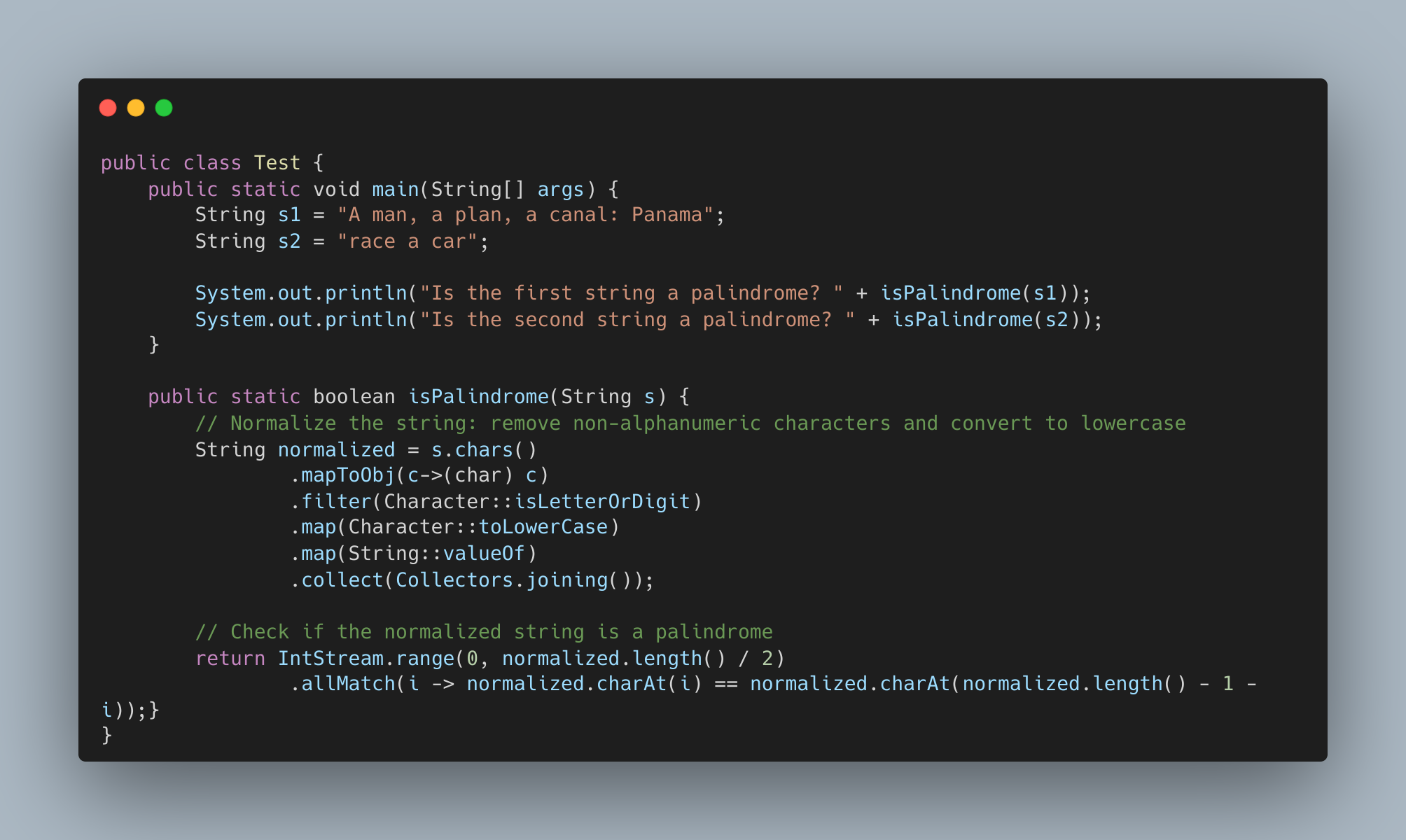 |
| 3Sum | Sort the array, use two pointers to find triplets | After sorting, fix one element and use two pointers to find pairs that sum up to the target value. | 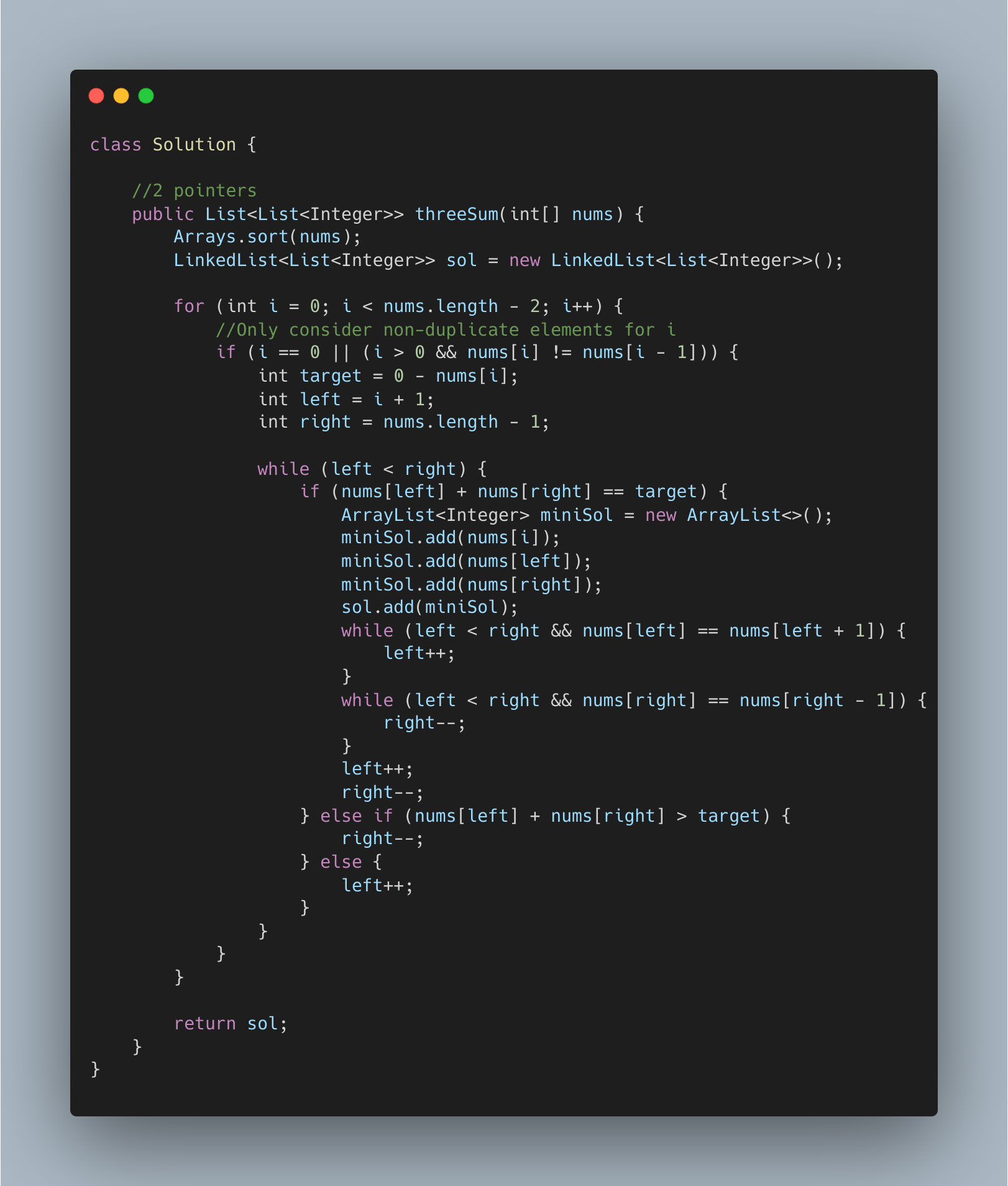 |
| Container With Most Water | Use two pointers from both ends, move towards the center | Start with two pointers at the ends of the array, calculate area, and move the pointer pointing to the shorter line. | 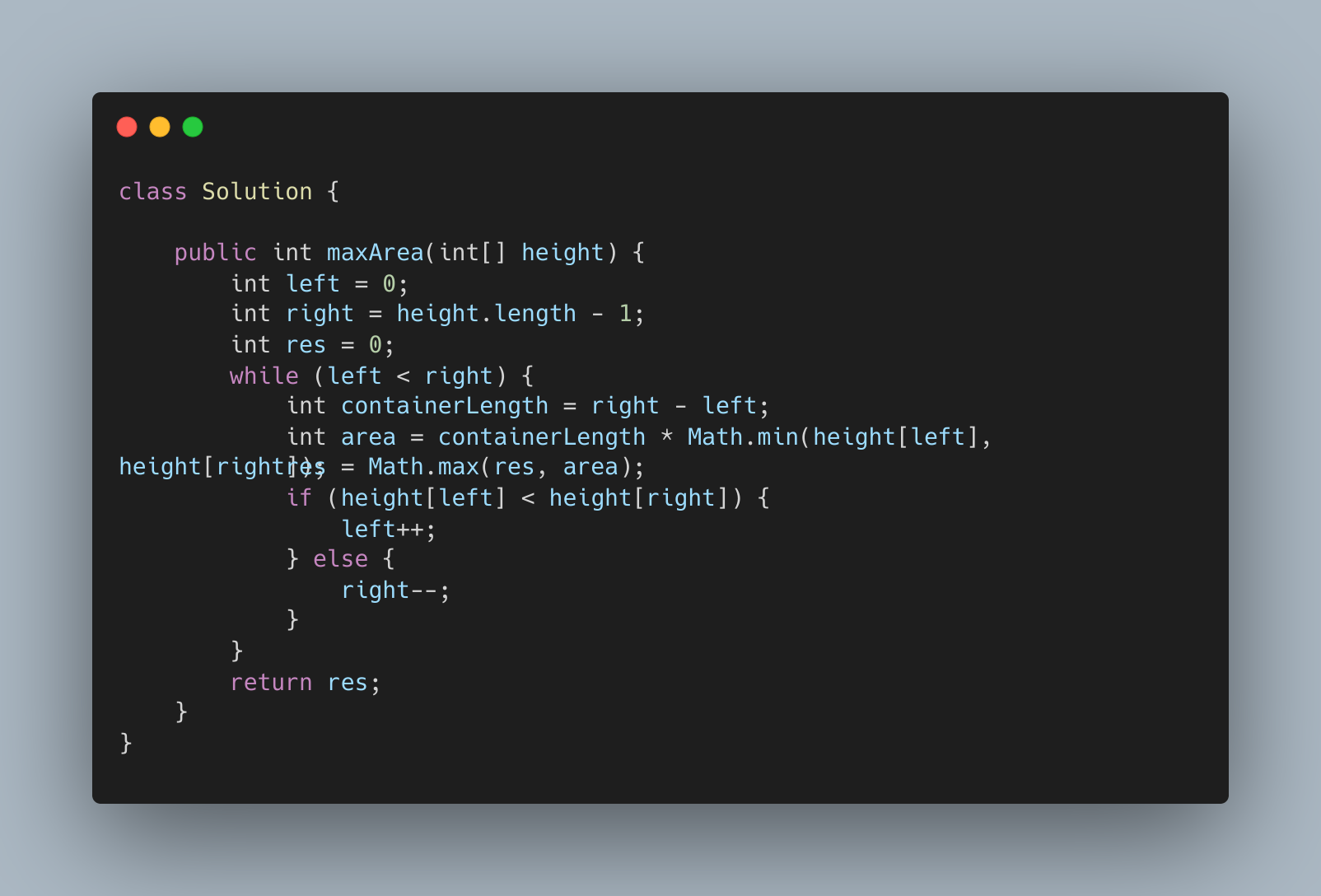 |
| Sliding Window | Best Time to Buy and Sell Stock | Track the minimum price and maximum profit | Iterate through prices, keeping track of the minimum price so far and calculating the maximum profit at each step. | 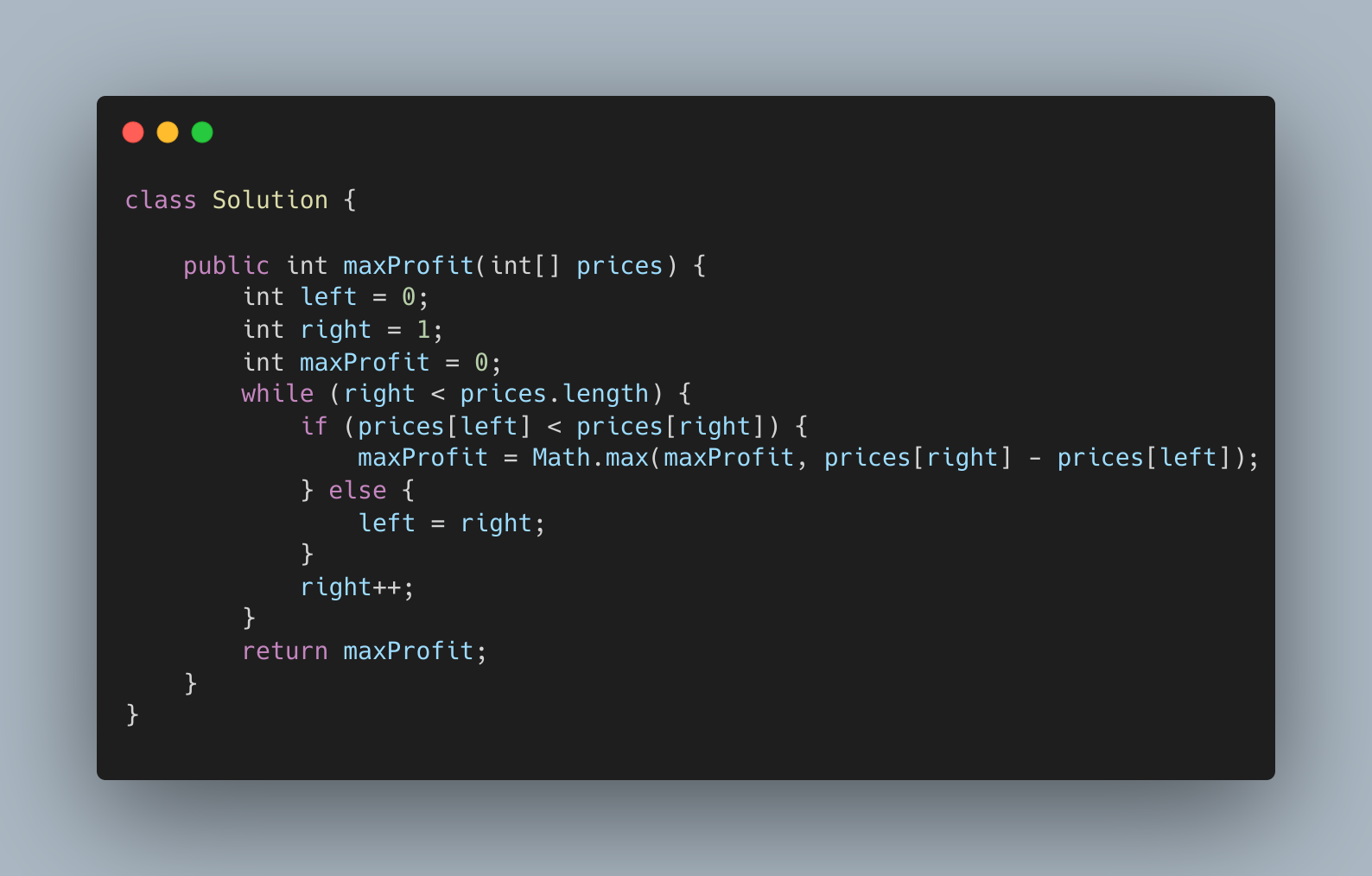 |
| Longest Substring Without Repeating Characters | Use a sliding window and a set to track characters | Use a set to keep track of characters in the current window, move the window if a duplicate is found. | 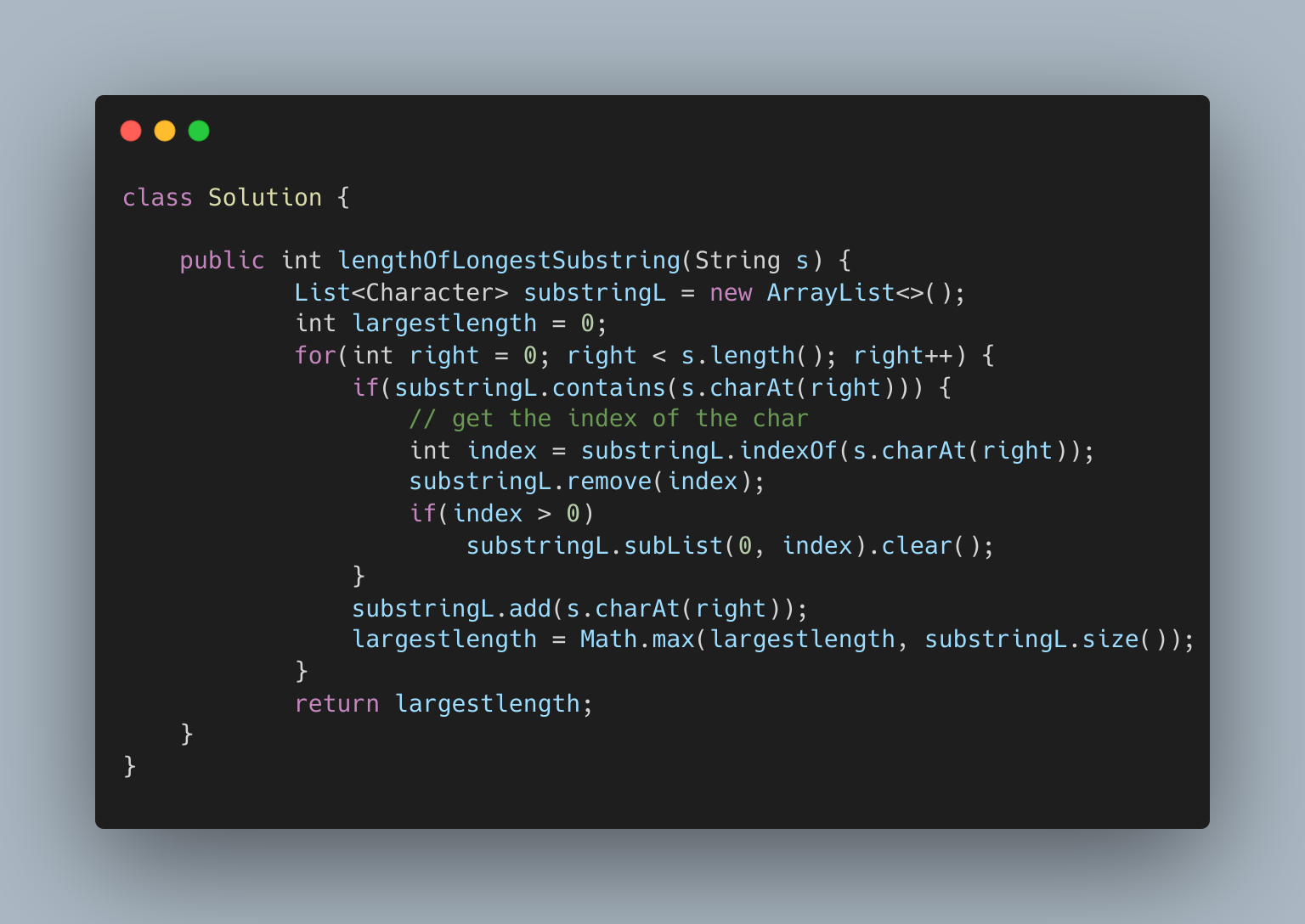 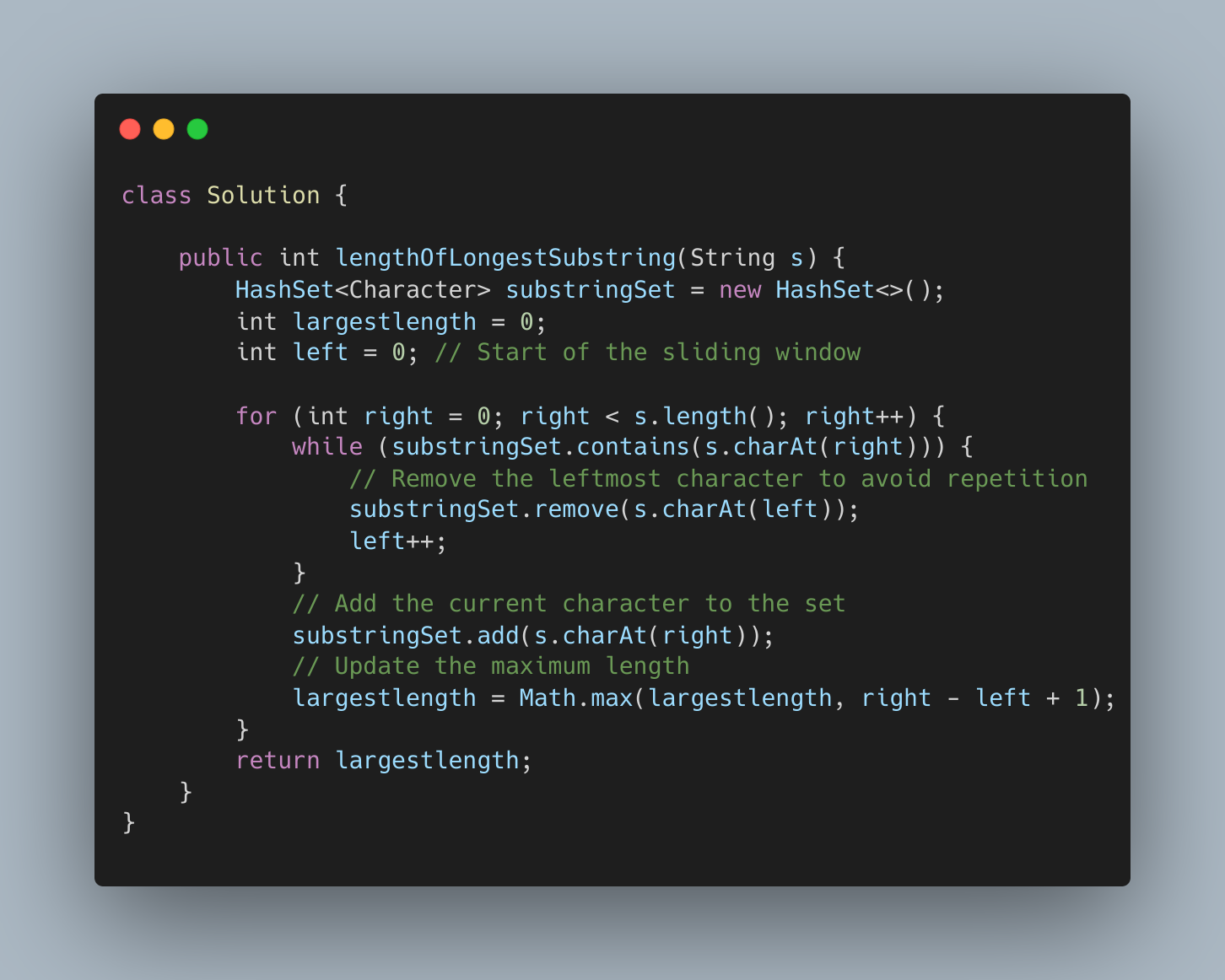 |
| Stack | Valid Parentheses | Use a stack to match opening and closing brackets | Push opening brackets onto the stack, pop for closing brackets, ensuring they match. | 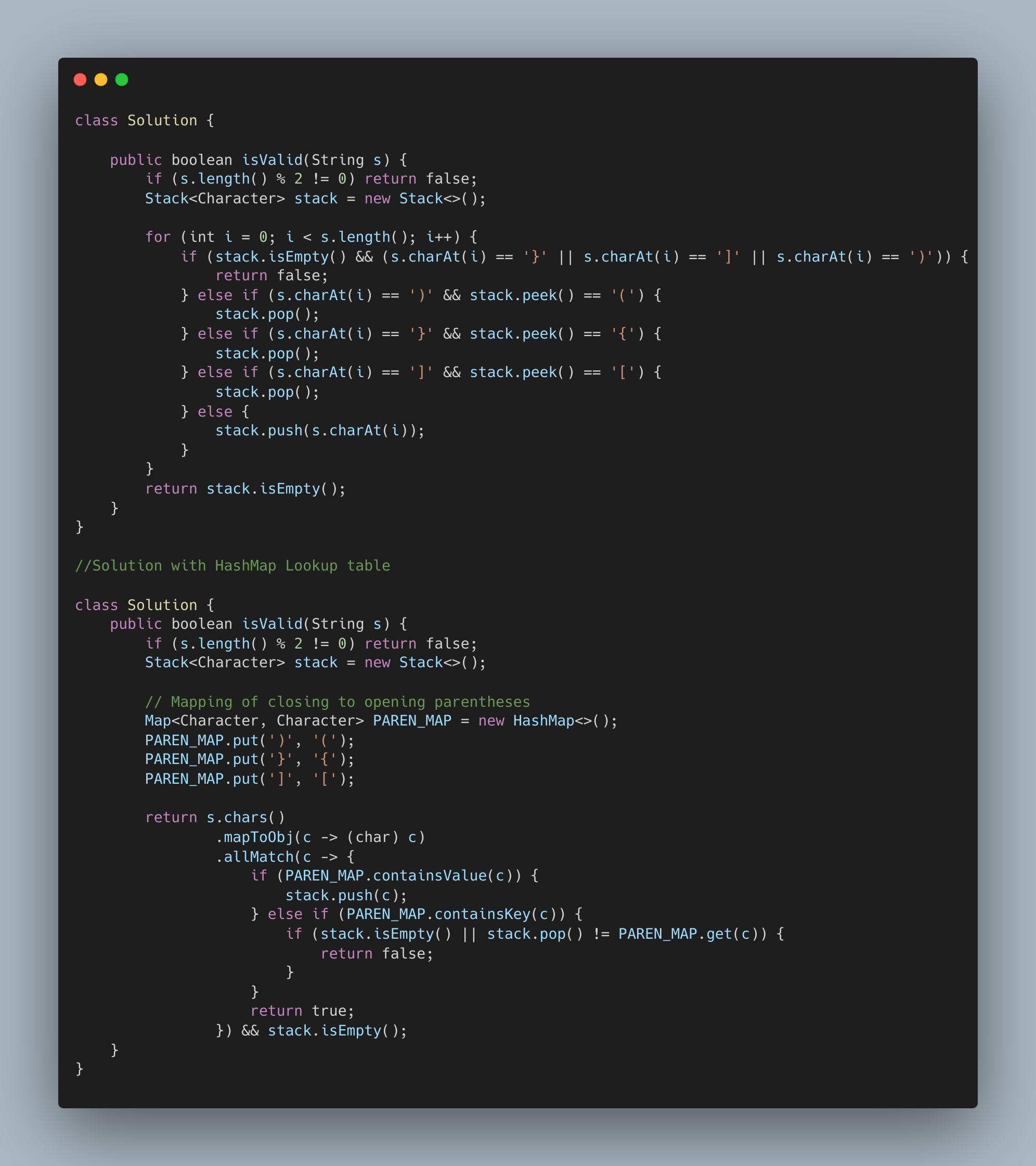 |
| Binary Search | Search in Rotated Sorted Array | Modify binary search to handle rotation | Determine which half is sorted, then use binary search logic on the sorted half. | 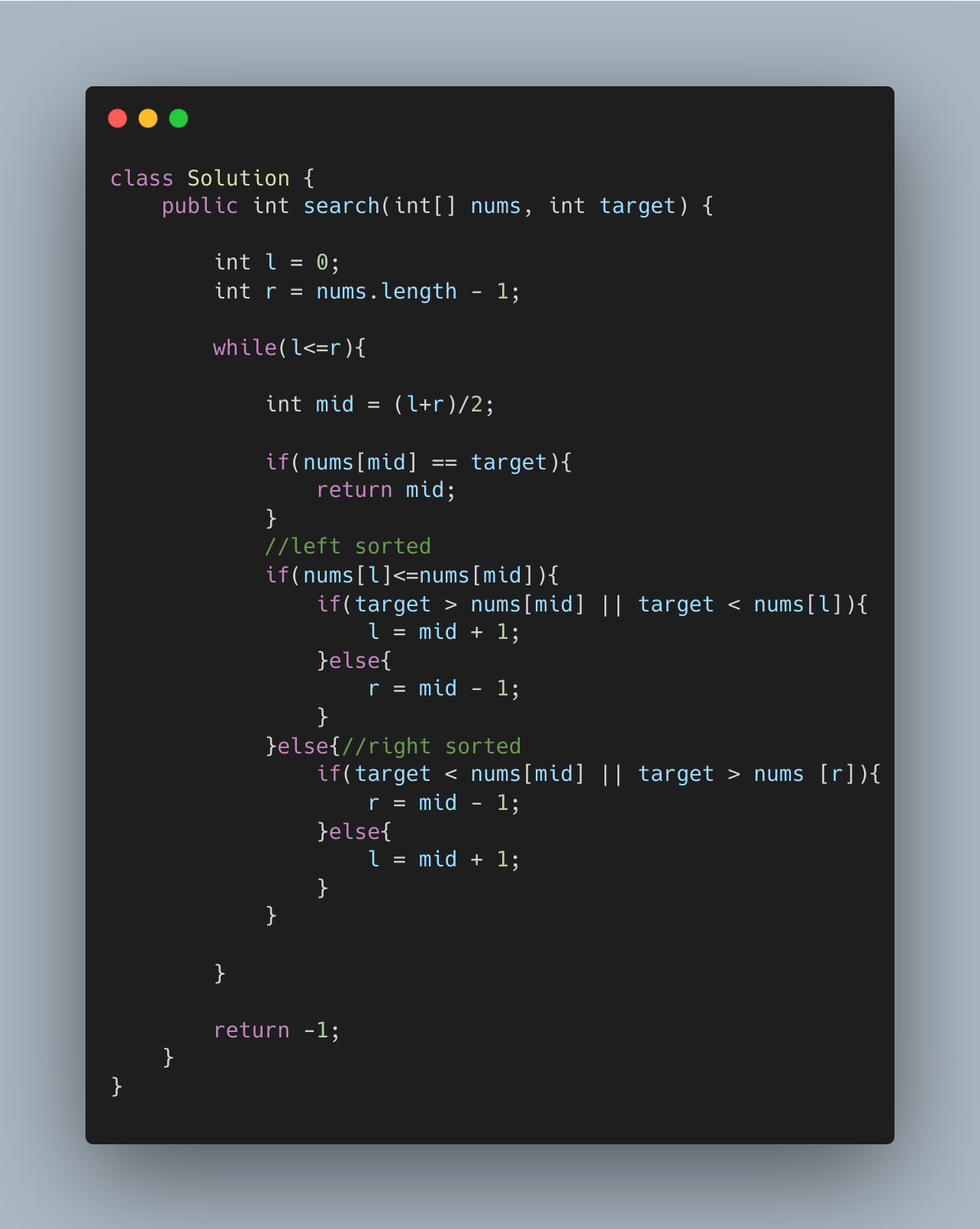 |
| Find Minimum in Rotated Sorted Array | Use binary search with rotation consideration | Similar to searching in a rotated array, adjust the binary search to find the minimum element. | 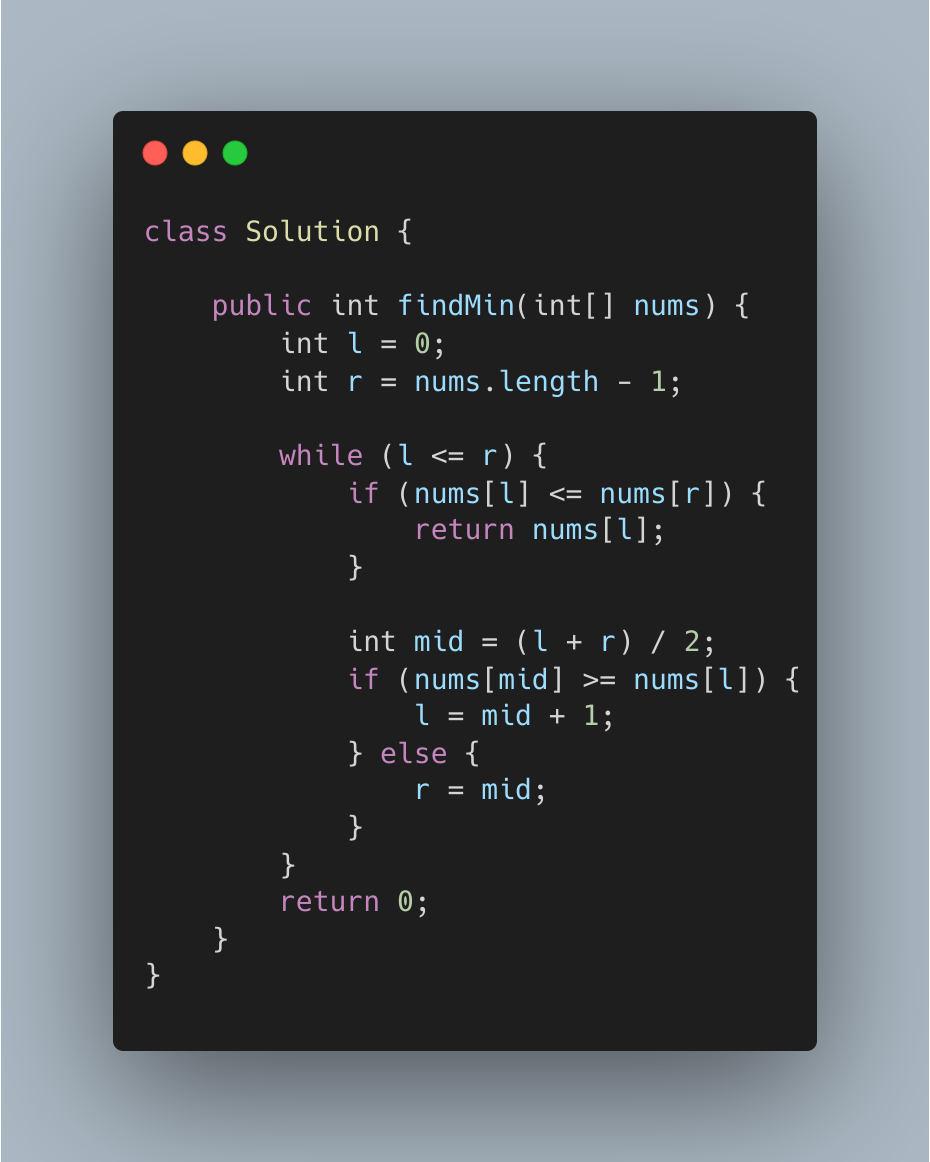 |
| Linked List | Reverse Linked List | Iterate and reverse pointers | Use three pointers to reverse the direction of the list iteratively. | 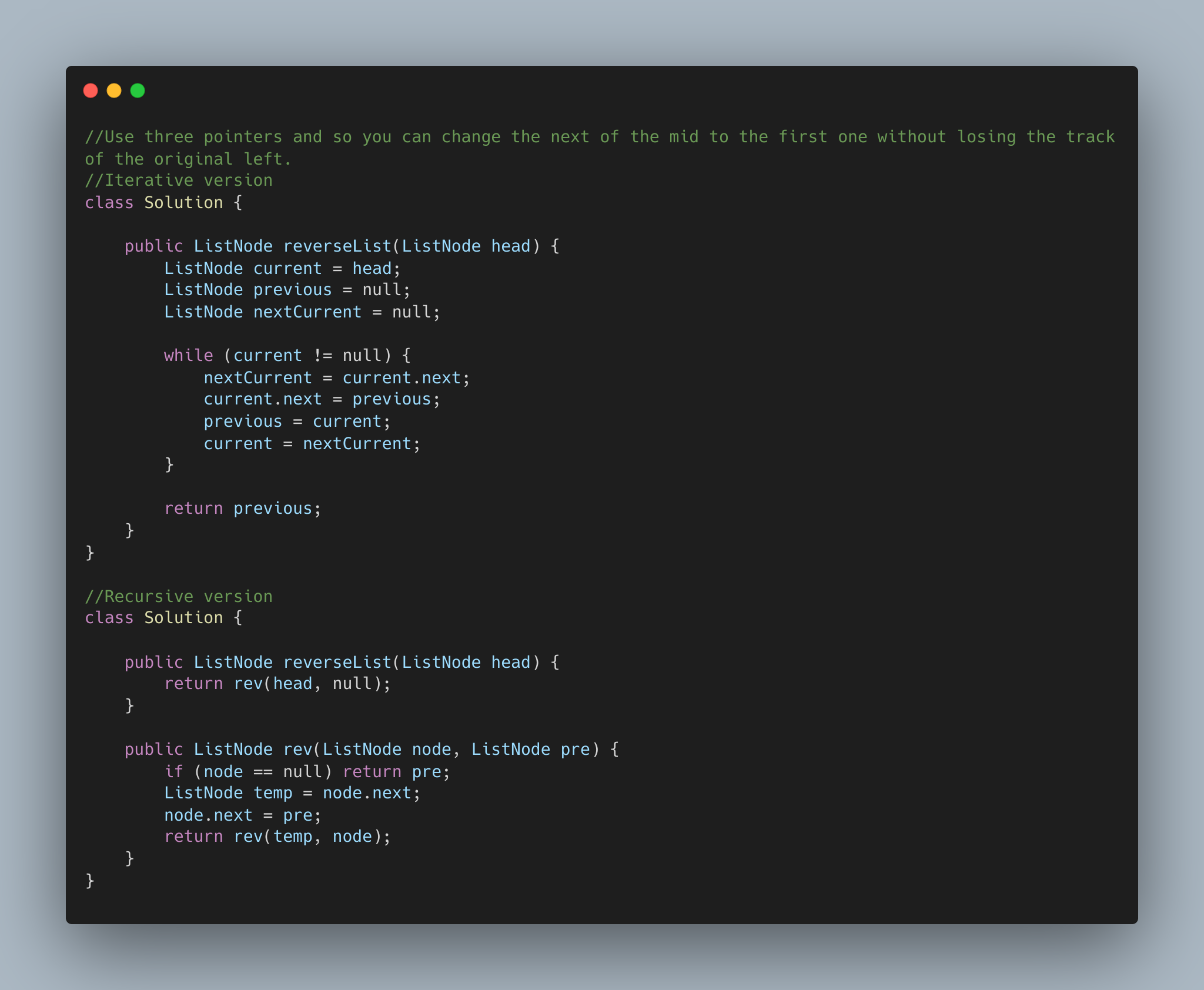 |
| Merge Two Sorted Lists | Use a dummy node to merge iteratively | Use a dummy node to simplify merging two lists, iteratively comparing and linking nodes. | 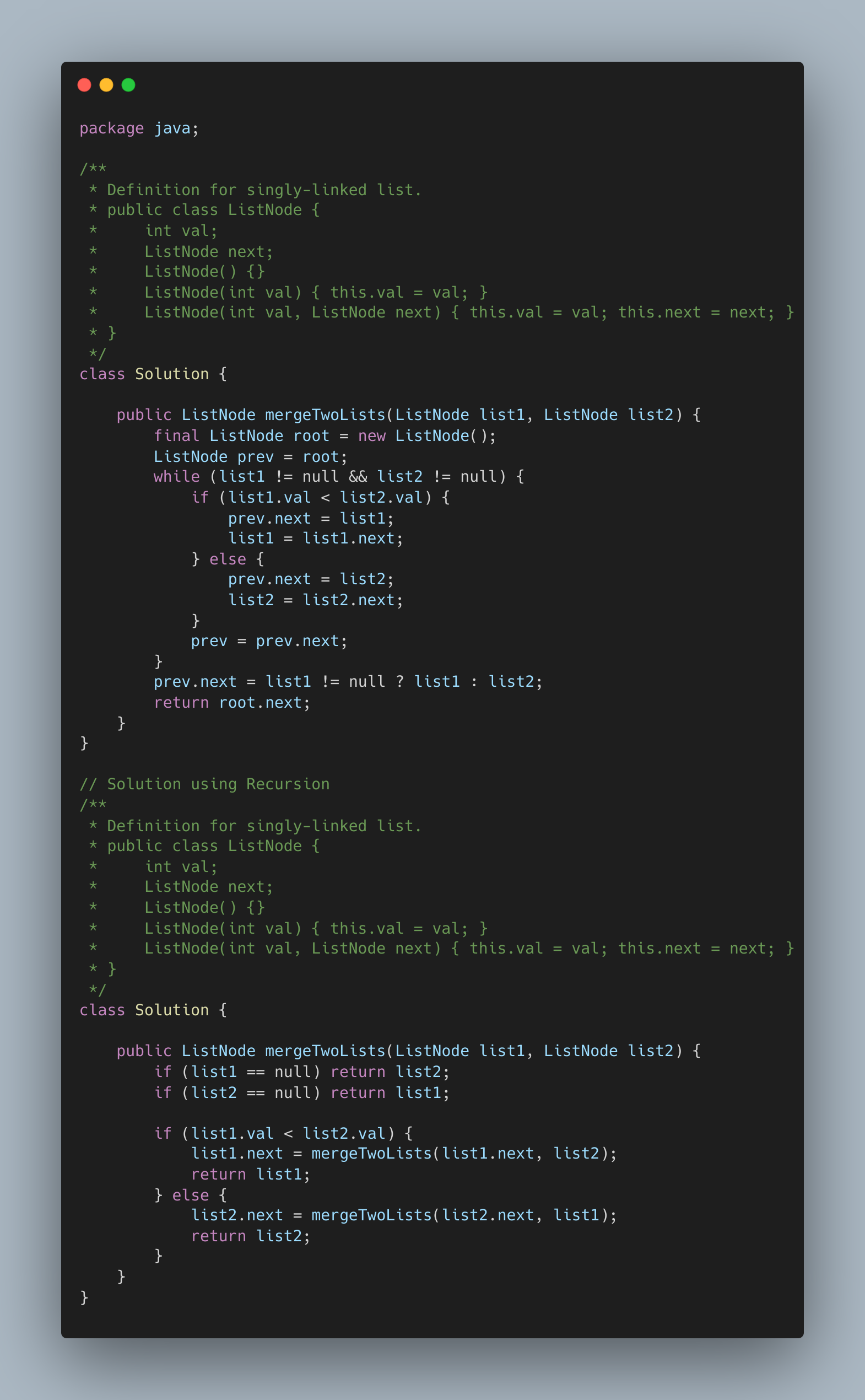 |
| Reorder List | Find middle, reverse second half, merge | Split the list, reverse the second half, and merge the two halves by alternating nodes. | 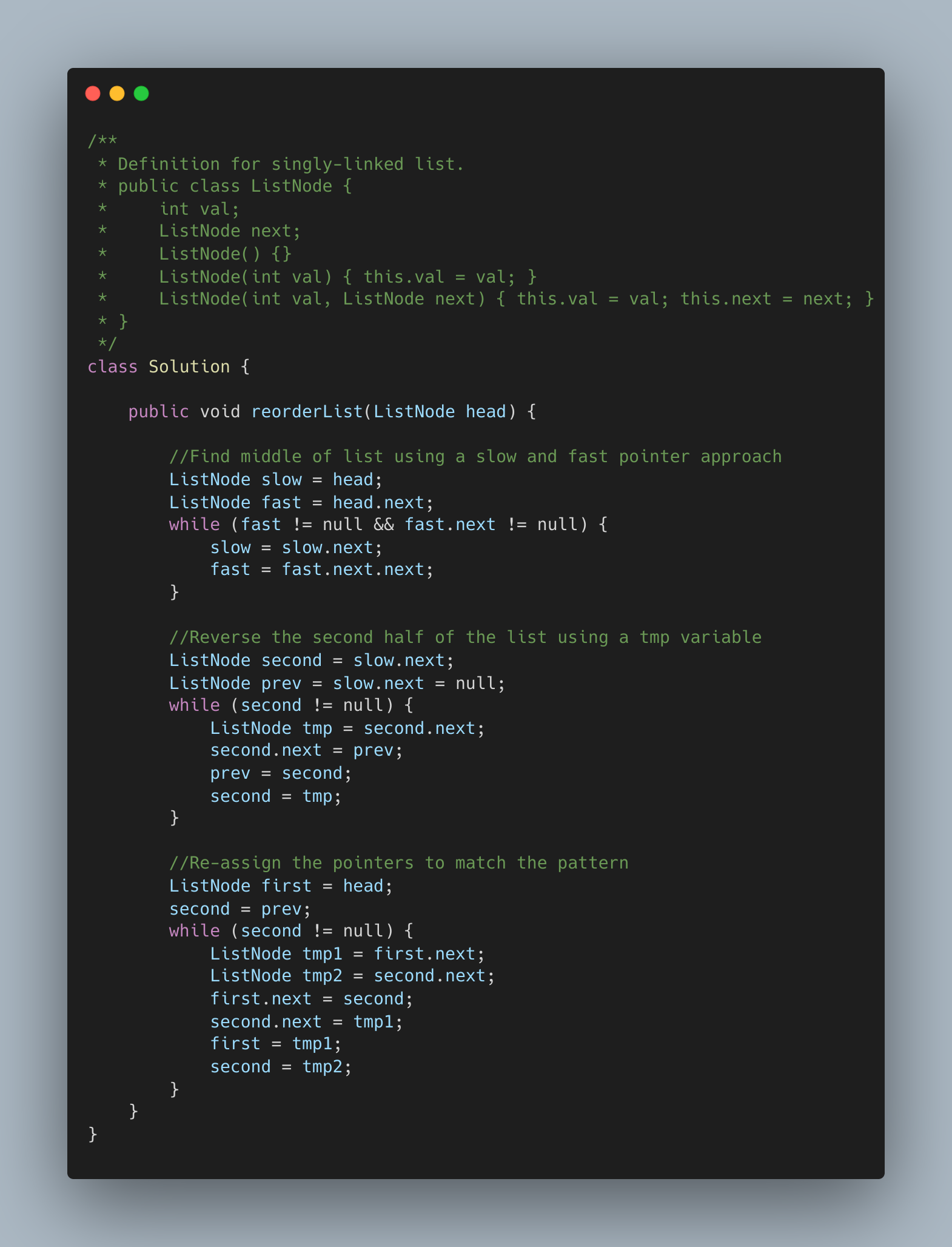 |
| Trees | Binary Tree Inorder Traversal | Use recursion or a stack | Traverse left subtree, visit the node, then traverse the right subtree. | |
| Validate Binary Search Tree | Use in-order traversal to check order | Perform an in-order traversal and ensure each value is greater than the previous one. | |
| Same Tree | Use recursion to compare nodes | Recursively compare corresponding nodes in both trees. | |
| Tries | Implement Trie (Prefix Tree) | Use a TrieNode class to insert and search | Use a nested TrieNode class to represent nodes, with methods for insert, search, and startsWith. | |
| Dynamic Programming | Climbing Stairs | Use DP array or memoization | Use an array where each entry represents the number of ways to reach that step. | |
| House Robber | Use a DP array to track maximum loot | Use a DP array where each entry represents the maximum amount of money that can be robbed up to that house. | |
| Coin Change | Use a DP array to track the minimum coins | Use a DP array where each entry represents the minimum number of coins needed for that amount. | |
| Graphs | Number of Islands | Use DFS/BFS to mark visited islands | Use DFS or BFS to traverse and mark all connected lands (islands) as visited. | |
| Clone Graph | Use DFS/BFS and a hashmap for copies | Use DFS or BFS with a hashmap to store already cloned nodes. | |
| Course Schedule | Use DFS to detect cycles | Perform a DFS and use a state array to detect cycles in the graph. | |
| Intervals | Merge Intervals | Sort intervals, then merge overlapping ones | Sort intervals by start time, then iterate through and merge overlapping intervals. | |
| Insert Interval | Insert and merge as necessary | Insert the new interval into the list, then merge overlapping intervals. | |
| Meeting Rooms | Sort intervals and check for overlaps | Sort intervals by start time, use a min-heap to track end times of ongoing meetings. | |
| Strings | Longest Substring Without Repeating Characters | Use sliding window and a hashmap | Use a sliding window to maintain a window of unique characters, updating the start of the window when a duplicate is found. | |
| Longest Palindromic Substring | Use DP or expand around center approach | Use dynamic programming to track palindromes or expand around each character to find the longest palindrome. | |
| Longest Common Prefix | Compare characters of each string | Compare characters of each string one by one until a mismatch is found. | |
| Backtracking | Subsets | Use backtracking to generate all subsets | Recursively build subsets, choosing to include or exclude each element. | |
| Combination Sum | Use backtracking to find combinations | Recursively build combinations, subtracting from the target, and avoiding duplicates. | |
| Permutations | Use backtracking to generate permutations | Recursively generate permutations by swapping elements. | |
| Heap / Priority Queue | Top K Frequent Elements | Use a hashmap and a heap | Use a hashmap to count frequencies, then use a heap to find the top K elements. | |
| Find Median from Data Stream | Use two heaps to maintain the median | Use a max-heap for the lower half and a min-heap for the upper half of the data stream. | |
| Greedy | Best Time to Buy and Sell Stock II | Sum up all the increasing differences | Iterate through the array, summing up all positive differences between consecutive days. | |
| Jump Game | Track the farthest reach possible | Iterate through the array, updating the maximum reachable index and checking if the end is reachable. | |
| Bit Manipulation | Single Number | Use XOR to find the unique number | XOR all elements, as XOR of two identical numbers is zero, and XOR of a number with zero is the number itself. | |
| Matrix | Set Matrix Zeroes | Use first row/column as markers | Use the first row and column to mark zero rows and columns, then iterate and set zeros accordingly. | |
| Spiral Matrix | Traverse in layers and change directions | Use loops to traverse the matrix in a spiral order, changing direction at boundaries. | |
| Rotate Image | Transpose and then reverse rows | Transpose the matrix (swap rows and columns) and then reverse each row. | |
| Miscellaneous | LRU Cache | Use an ordered dictionary | Use an ordered dictionary to maintain insertion order and implement LRU logic. | |
| Min Stack | Use two stacks for value and minimum | Use one stack for all values and another stack to keep track of minimum values. | |
| | | | |

















